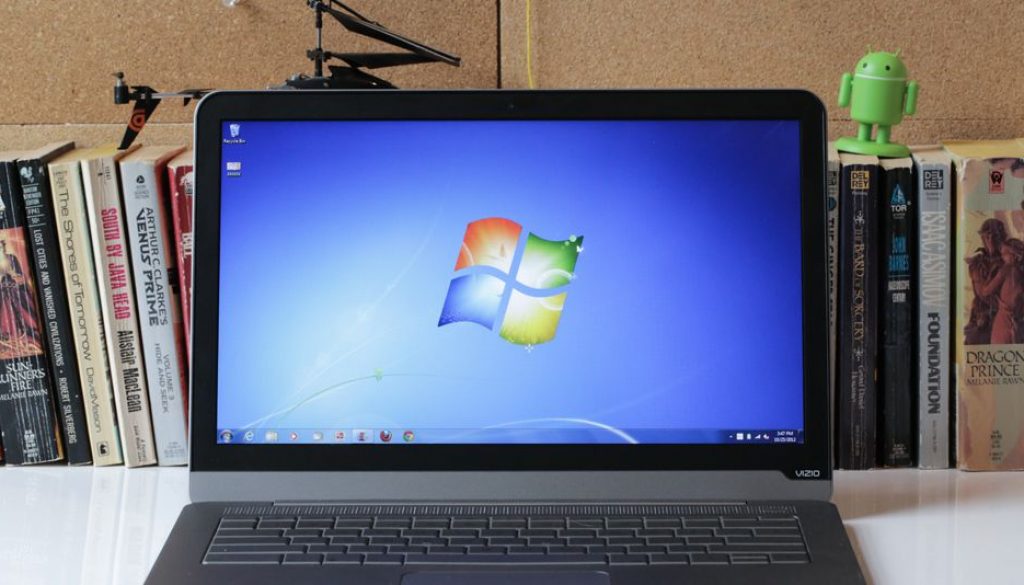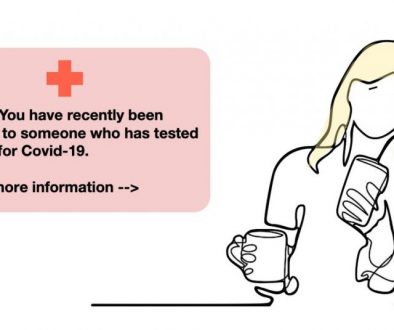Microsoft bids farewell to Windows 7 and the millions of PCs that still run it – The Verge
Today is a big day for Windows. Microsoft is dropping support of Windows 7, nearly 11 years after first launching the operating system with a flashy New York City marketing campaign. “I’m a PC and Windows 7 was my idea,” was the message back then, a clear nod to the fact it was designed to fix the Windows Vista failure. Windows 7 certainly did fix things, with its new taskbar, Aero window management, file libraries, and much more.
Windows 7 became so popular, in fact, that it took Windows 10 nearly four years just to pass it in market share. Even today, millions of PCs are still running Windows 7, and the operating system still runs on a massive 26 percent of all PCs according to data from Netmarketshare. Microsoft spent years trying to get people to upgrade to Windows 10 free of charge, but tens of millions of PCs will now be left vulnerable to exploits and security vulnerabilities.
Businesses and education Windows 7 users will be able to pay for extended security updates, but it could be a costly venture for some. Extended updates for Windows 7 Enterprise is approximately $25 per machine, and the cost doubles to $50 per device in 2021 and again to $100 in 2022. It’s even worse for Windows 7 Pro users which starts at $50 per machine and jumps to $100 in 2021 and $200 in 2022. These costs will naturally vary depending on the volume of PCs in use at a business, but they’re still going to be substantial for larger firms.
Microsoft is easing these costs with a free year of post-retirement updates to Windows 7 customers with active Windows 10 subscriptions. That hasn’t made a big dent in Windows 7 market share recently, though.
:no_upscale()/cdn.vox-cdn.com/uploads/chorus_asset/file/15977024/windows7notification.jpg)
Microsoft has been notifying Windows 7 users throughout 2019 about today’s end of support, so people still stuck on the OS can’t say they haven’t been warned. A full-screen notification will appear for Windows 7 users on Wednesday, warning that systems are now out of support. Microsoft is trying to convince existing users to upgrade to machines running Windows 10, a trend that caused the global PC market to have its first year of growth since 2011.
Despite the end of support, Windows 7 looks like it has some life left in it yet. It could take another year or two to get Windows 7 firmly below 10 percent market share, especially when Google is committing to support Chrome on Windows 7 until at least the middle of 2021. That presents Microsoft with some headaches for ongoing support. We’ve already seen the software giant break with tradition multiple times for Windows XP, issuing public patches for the operating system after its end of support date. Given the increases in ransomware attacks in recent years and their devastating effects, it’s likely we’ll see public Windows 7 security patches in the future.
The vast majority of these support headaches will come from businesses that don’t always upgrade to the very latest Windows releases. Windows Vista and Windows 8 weren’t exactly solid in-between releases you could reliably upgrade to, and that left most businesses running Windows XP or Windows 7 to avoid software issues and incompatibilities. Windows 8 won’t have the same issues when its support ends in 2023, as it’s only running on less than 5 percent of all PCs.
:no_upscale()/cdn.vox-cdn.com/uploads/chorus_asset/file/3905540/windows2_2040.0.jpg)
Windows 10 has also attempted to combat this end of support problem with Microsoft’s big “Windows as a service” push. Businesses and consumers were given 18 months before they need to move from a major Windows 10 update to another, and Microsoft has been releasing two big updates per year. That’s led to some complaints from businesses, so Microsoft has now slowed the pace to 30 months of support for each big September update, and 18 months for the March ones. This won’t affect consumers, who will only be supported for 18 months per release but these machines typically upgrade automatically to the latest Windows 10 release and aren’t the source of Microsoft’s support woes.
We’ve already hit multiple end-of-support dates for various Windows 10 releases without any major hiccups, and three versions are set to reach end of service this year alone. If businesses keep upgrading regularly, then Windows 10 may have truly solved some of Microsoft’s support headaches for the future.
Windows as a service does present interesting questions about PC sales over the next decade, though. Windows 7 end of life has helped the PC market bounce back in 2019, but with no “Windows 11” in sight the PCs that businesses are purchasing now could last longer than ever before. Microsoft, Intel, and PC OEMs will be hoping that Surface and the constant push to improve hardware will convince businesses and even consumers to upgrade. That didn’t happen immediately with the “PC Does What?” marketing campaign four years ago, which aimed to get people with older Windows 7 PCs to upgrade to new hardware. There are probably still millions of consumers holding on to Windows 7 machines simply because they continue to work fine for the basics.
:no_upscale()/cdn.vox-cdn.com/uploads/chorus_asset/file/19247642/akrales_190930_3649_0349.jpg)
Microsoft, Intel, and others are now focused on foldable and dual-screen laptops for 2020 and beyond. Microsoft is building out its Windows 10X variant for this new hardware, and we’ve started to see some target devices announced at the Consumer Electronics Show (CES) last week. It’s still early days for this type of hardware, and Windows 10X will have to do a lot of work to make these devices shine.
We’ll likely never witness another giant release of Windows like we’ve seen with Windows 10 or Windows 7 in the past, even for foldable devices. Microsoft’s priorities have certainly shifted under CEO Satya Nadella. “The operating system is no longer the most important layer for us,” explained Nadella at the launch of new Surface devices last year. Windows is still a significant part of Microsoft’s business, but it’s not the future of it. Microsoft is embracing Android, cross-platform software and services, and the cloud. It’s a company that increasingly embraces competitors like Amazon, Samsung, Sony, and Google to transform its own business.
That transformation is ongoing, and Microsoft is increasingly looking at the web to work its way onto rival platforms. The end of Windows 7 is simply another milestone in the history of Windows. It comes at the start of a new decade, and marks the end of an era when Windows ruled everyone’s computing experiences. How Windows adapts over the next decade could be the most significant change for Microsoft in its 44-year history.
This content was originally published here.


